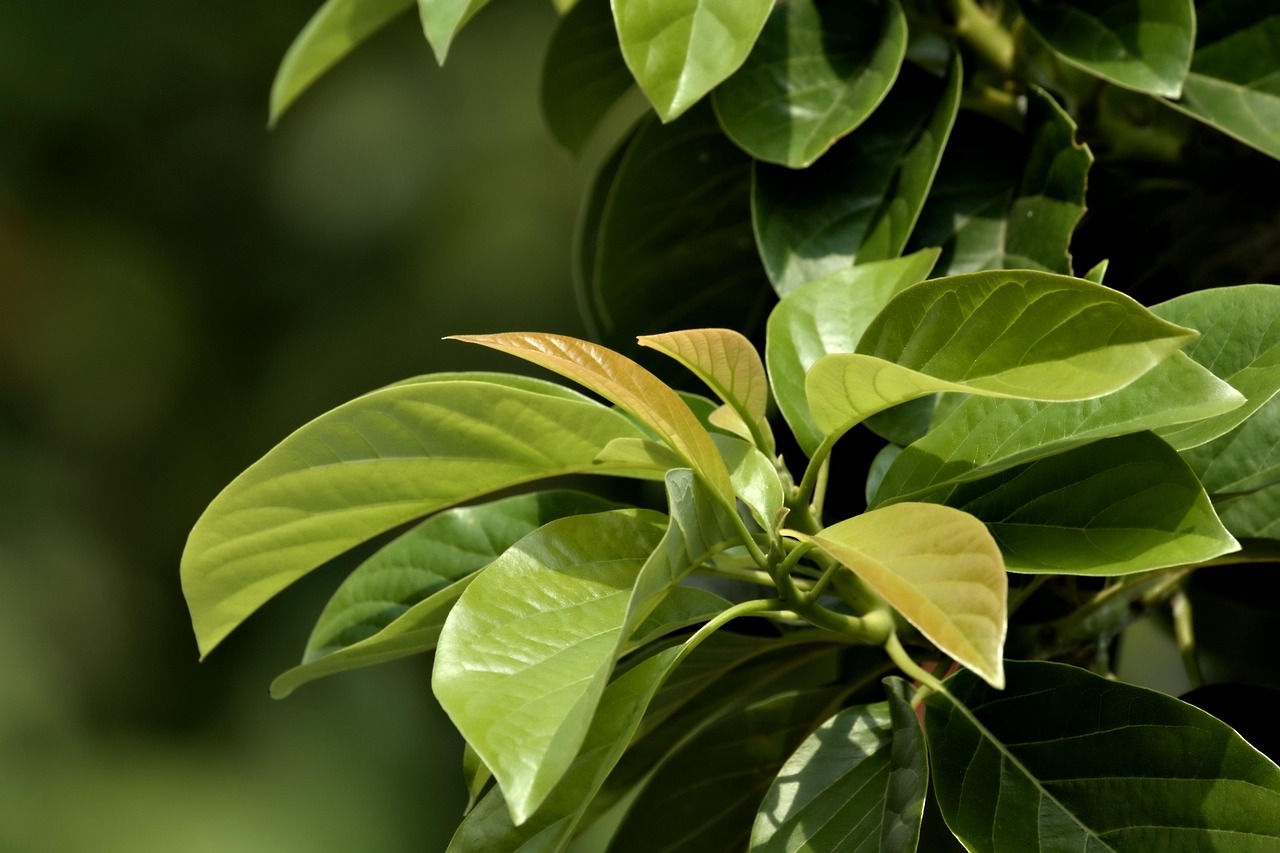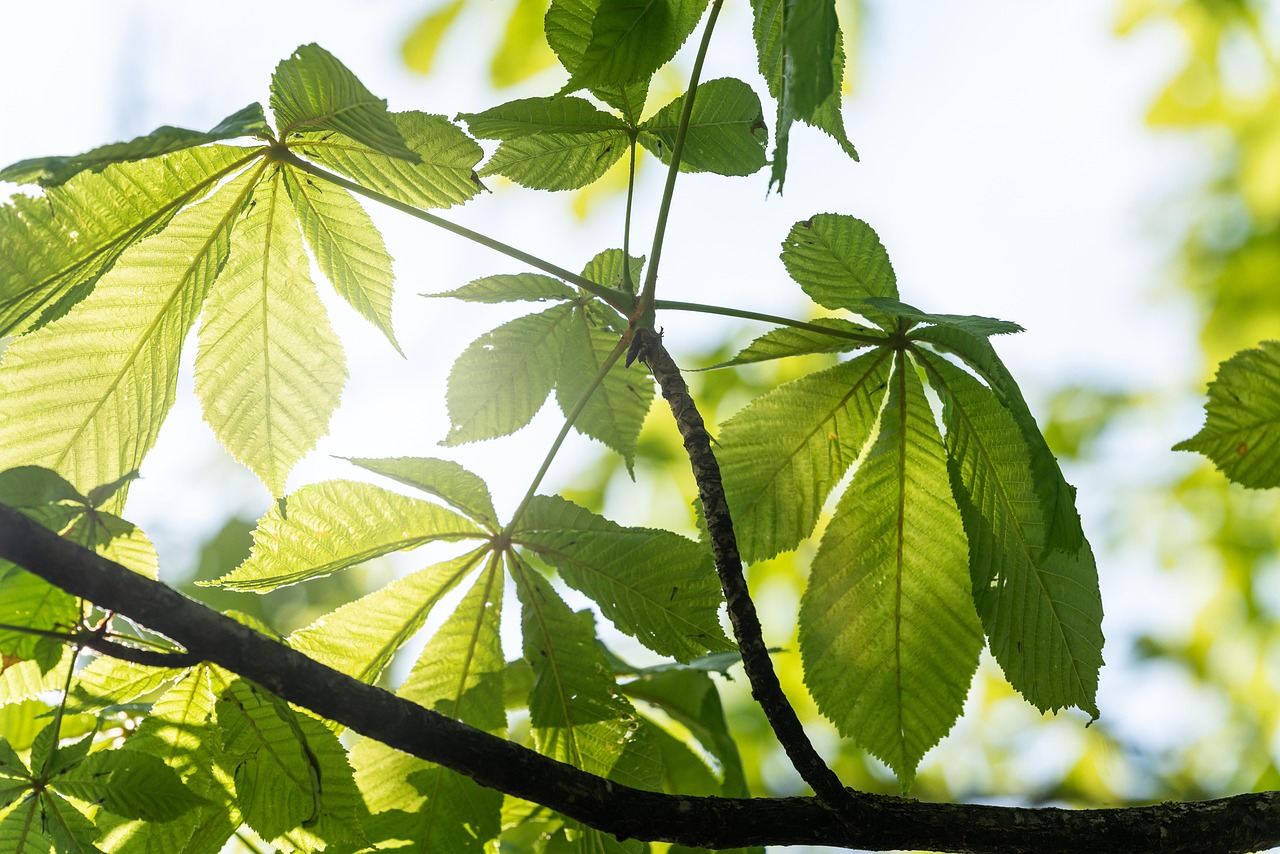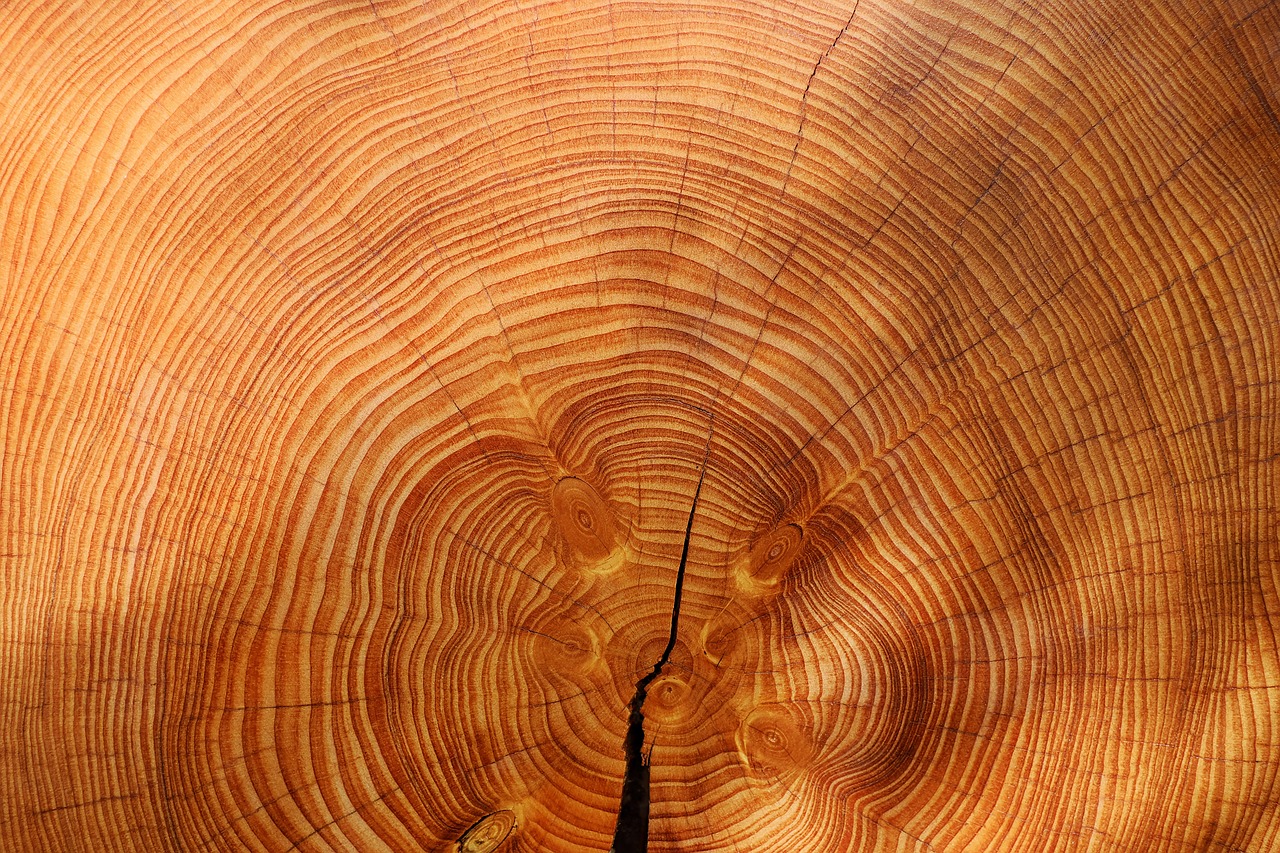Twenty-year tree growth predictions for long-term planting vary based on species, climate, soil conditions, and care. Generally, many trees can reach heights of 30 to 60 feet or more in two decades, contributing significantly to ecosystems and landscapes.
Understanding Tree Growth Over Two Decades
The growth of trees over a twenty-year period is influenced by numerous factors. These include the specific tree species, environmental conditions, soil quality, and the maintenance practices employed. Each species has its growth rate, resilience, and adaptability to different climates and habitats.

When planning for long-term planting, it is essential to consider these growth predictions. Knowing how a tree will develop helps in landscape planning, forestry management, and urban development. It also aids in predicting the ecological benefits that trees will provide over time.
Several key factors affect tree growth:
- Species Type: Different species have distinct growth rates. For example, fast-growing species like the Lombardy poplar can reach significant heights quickly, while slower-growing species like oak may take longer to mature.
- Soil Quality: Healthy soil rich in nutrients promotes better growth. Poor soil can limit tree height and health.
- Climate and Weather: Trees thrive under suitable climate conditions. Extreme temperatures, droughts, or excessive rainfall can hinder growth.
- Water Availability: Consistent access to water is crucial for tree health. Trees that receive enough moisture typically grow faster.
- Pest Management: Protecting trees from pests and diseases plays a critical role in their long-term growth.
Growth Rates of Common Tree Species
To illustrate the variations in growth rates among different tree species, the following table summarizes typical height gains over a twenty-year period:

| Tree Species | Average Height After 20 Years | Growth Rate (per year) |
|---|---|---|
| Lombardy Poplar | 40-60 feet | 2-3 feet |
| Red Maple | 30-50 feet | 1.5-2 feet |
| White Oak | 40-70 feet | 1-2 feet |
| Sugar Maple | 30-50 feet | 1-1.5 feet |
| Ponderosa Pine | 50-80 feet | 2-4 feet |
This table highlights the impressive heights that trees can achieve within two decades. For instance, the Lombardy poplar is known for its rapid growth, making it a popular choice for quick shade. In contrast, the white oak takes longer but provides substantial ecological benefits as it matures.
Understanding these growth patterns is essential for anyone involved in forestry, landscaping, or environmental conservation. By selecting the right species and planting them in appropriate conditions, individuals and communities can maximize the positive impact of trees in their environments.
Moreover, the ecosystem services that trees provide grow significantly with their size and maturity. Larger trees can improve air quality, provide habitats for wildlife, and enhance property values. Additionally, they help in mitigating climate change by absorbing carbon dioxide from the atmosphere.

When considering long-term planting strategies, it is vital to take into account both current and future environmental conditions. As climates shift, certain species may thrive better than others. Therefore, researching and selecting adaptable tree species will be critical for successful long-term growth.
Ultimately, understanding twenty-year growth predictions allows for informed decisions in tree planting initiatives. This foresight can foster healthier urban forests and more robust natural ecosystems over time.
Factors Influencing Tree Growth Predictions
In addition to species selection and environmental conditions, several other factors play a significant role in predicting tree growth over a twenty-year period. Understanding these factors can help in making informed decisions for long-term planting strategies.
Soil Composition and Health
The composition and health of the soil directly impact tree growth. Healthy soil provides essential nutrients and adequate drainage, which are crucial for root development. Here are some important aspects of soil that affect tree growth:

- Nutrient Levels: Soil rich in nitrogen, phosphorus, and potassium promotes healthier growth. Testing soil before planting can help assess its nutrient profile.
- pH Levels: The acidity or alkalinity of the soil can influence nutrient availability. Most trees prefer a pH range of 6 to 7.
- Soil Texture: Well-drained sandy soils may dry out quickly, while clay soils retain moisture but may limit root growth. A balance is ideal.
Climate Adaptability
Different tree species have various tolerances to climate conditions, which can influence their growth rates. Factors like temperature, precipitation, and seasonal changes must be considered for successful long-term planting.
When selecting trees for a specific area, consider the following:
- Temperature Range: Some trees thrive in warmer climates, while others may struggle. Understanding the USDA plant hardiness zones can guide selections.
- Rainfall Patterns: Trees need consistent moisture, so consider species that can withstand fluctuations in rainfall or drought conditions.
- Sunlight Requirements: Different species have varying light requirements. Some trees prefer full sun, while others thrive in partial shade.
The Importance of Tree Maintenance
Tree maintenance practices are essential for ensuring healthy growth over the years. Proper care can significantly enhance a tree’s lifespan and vitality.
Watering Practices
Watering is crucial, especially in the first few years after planting. Young trees require consistent moisture to establish roots. Here are some effective watering practices:
- Deep Watering: Watering deeply encourages roots to grow down into the soil where moisture is more stable.
- Mulching: Applying mulch around the base of trees helps retain moisture and regulates soil temperature.
- Monitoring Soil Moisture: Regularly checking soil moisture levels can prevent overwatering or underwatering.
Pest and Disease Management
Pests and diseases can severely hinder tree growth. Early detection and proper management are vital. Consider the following strategies:
- Regular Inspections: Frequently check trees for signs of pests or diseases, such as discoloration or wilting leaves.
- Integrated Pest Management (IPM): Use a combination of biological control, cultural practices, and chemical applications to manage pests sustainably.
- Choosing Resistant Varieties: Whenever possible, select disease-resistant tree varieties to minimize future issues.
The Role of Technology in Predicting Growth
Advancements in technology have provided new tools for predicting tree growth over extended periods. These tools can analyze various data points and simulate growth patterns based on different scenarios.
Modeling Software
Many forestry professionals use modeling software to predict tree growth based on factors like species, age, and environmental conditions. These models utilize historical data to generate forecasts. Key benefits include:
- Scenario Analysis: Users can input different variables to see how changes in conditions affect growth predictions.
- Resource Allocation: Helps in planning resource allocation for irrigation, fertilization, and pest management.
- Long-Term Planning: Enables better long-term strategies for urban forestry and landscape design.
Drones and Remote Sensing
Drones equipped with sensors offer new ways to monitor tree health and growth from above. This technology allows for:
- Aerial Surveys: Drones can capture high-resolution images to assess tree canopy health and density.
- Data Collection: Remote sensing technologies gather data on temperature, moisture, and other environmental factors influencing growth.
- Rapid Assessment: Provides quick insights into large areas, enabling timely interventions when necessary.
The integration of technology in tree growth predictions enhances the ability to make informed decisions about planting and maintaining trees over long periods. As these tools continue to evolve, they will play an increasingly vital role in sustainable forestry practices.
The Economic Benefits of Long-Term Tree Planting
Long-term tree planting not only benefits the environment but also provides significant economic advantages. These benefits can be realized at both community and individual levels. By investing in trees, communities can enhance their economic stability and improve quality of life.
Increased Property Values
One of the most immediate economic benefits of planting trees is the increase in property values. Well-placed trees can enhance the aesthetic appeal of neighborhoods, leading to:
- Higher Home Prices: Properties with mature trees often sell for more than those without, as buyers appreciate the added beauty and shade.
- Quicker Sales: Homes surrounded by greenery tend to attract buyers faster, reducing the time a property sits on the market.
- Neighborhood Attractiveness: Areas with trees are generally perceived as more desirable places to live.
Energy Savings
Mature trees provide shade and reduce energy costs for homeowners and businesses. The benefits include:
- Cooling Effects: Trees can lower temperatures in urban areas, which reduces the need for air conditioning during hot months.
- Windbreaks: Trees strategically planted around buildings can reduce heating costs by acting as windbreaks in colder seasons.
- Lower Utility Bills: The combination of reduced heating and cooling needs can lead to significant savings on energy bills over time.
Environmental Impact of Long-Term Tree Planting
The environmental benefits of long-term tree growth extend far beyond aesthetics and economics. Trees play a critical role in maintaining ecological balance. Their impact includes:
Carbon Sequestration
Trees absorb carbon dioxide from the atmosphere, making them essential in combating climate change. Key points include:
- Long-Term Storage: As trees grow, they store carbon in their biomass, which helps mitigate the greenhouse effect.
- Oxygen Production: In addition to sequestering carbon, trees release oxygen, improving air quality for all living beings.
Biodiversity Support
Trees provide habitats for numerous species, promoting biodiversity. This includes:
- Wildlife Habitat: Birds, insects, and other wildlife rely on trees for shelter and food.
- Ecosystem Balance: Diverse tree species contribute to healthier ecosystems by supporting various plant and animal life.
Cultural and Social Benefits of Trees
The presence of trees in urban and rural landscapes contributes to cultural identity and social cohesion. Their benefits encompass various aspects of community life:
Community Well-Being
Trees create more inviting public spaces, which fosters community interaction. Benefits include:
- Recreational Spaces: Parks and green spaces with trees provide areas for relaxation and recreation.
- Mental Health Benefits: Access to nature has been shown to reduce stress and improve mental well-being.
- Sociability: Green spaces encourage social interactions among residents, strengthening community bonds.
Cultural Significance
Trees often hold cultural significance in many societies. This includes:
- Cultural Heritage: Certain tree species are tied to local histories and traditions, enhancing cultural identity.
- Symbolism: Trees are commonly used as symbols in art, literature, and community events.
The Role of Community Engagement in Tree Planting
Successful long-term tree planting initiatives often involve community engagement. Involving local residents can lead to better outcomes through shared responsibility and increased awareness. Key elements include:
Education and Awareness Programs
Informing the community about the importance of trees can motivate participation in planting initiatives. Consider these strategies:
- Workshops: Organize educational workshops on tree care, selection, and environmental benefits.
- School Programs: Engaging schools in tree planting activities fosters environmental stewardship among students.
Volunteer Opportunities
Creating volunteer opportunities allows community members to actively participate in tree planting efforts. This can include:
- Tree Planting Days: Organizing community events where residents can come together to plant trees fosters a sense of ownership.
- Adoption Programs: Encouraging residents to adopt trees for maintenance ensures long-term care and commitment.
The combination of economic, environmental, cultural, and social benefits demonstrates that long-term tree planting is a multifaceted investment. Engaging communities in these efforts enhances both the immediate advantages and the lasting impacts on future generations.
Future Trends in Tree Planting
As we look ahead, several trends are emerging in tree planting that may influence the way communities approach long-term growth predictions. These trends reflect changes in technology, cultural attitudes, and environmental awareness.
Urban Forestry Initiatives
With the increasing urbanization of landscapes, urban forestry initiatives are becoming more vital. Cities are recognizing the importance of integrating trees into their infrastructure, leading to the following developments:
- Green Infrastructure: Cities are implementing green roofs, vertical gardens, and tree-lined streets to mitigate urban heat and improve air quality.
- Tree Canopy Goals: Many cities have set goals for increasing tree canopy cover to enhance biodiversity and provide shade for residents.
- Community Partnerships: Collaborations between governments, non-profits, and local businesses are fostering tree planting projects that engage diverse stakeholders.
Climate Resilient Species Selection
As climate change continues to alter ecosystems, selecting climate-resilient tree species will become increasingly important. This involves:
- Researching Adaptability: Identifying species that can thrive under changing climate conditions will help ensure successful long-term growth.
- Diversity in Planting: Planting a variety of species can enhance resilience against pests, diseases, and changing environmental conditions.
- Native Species Focus: Emphasizing the use of native trees can support local ecosystems and biodiversity while requiring less maintenance.
The Role of Policy and Legislation
Government policies play a crucial role in shaping tree planting efforts. Recent legislative trends focus on promoting sustainable practices and enhancing community engagement:
- Incentives for Tree Planting: Some governments offer tax incentives or grants for planting trees, encouraging both individuals and organizations to participate.
- Regulatory Support: Laws that protect existing trees and promote the planting of new ones help in creating a supportive environment for long-term growth.
- Sustainability Goals: Many cities are adopting sustainability plans that prioritize urban greening as part of their climate action strategies.
Community Education and Involvement
Ongoing community education and involvement will remain essential for the success of long-term tree planting initiatives. Programs aimed at raising awareness can include:
- Workshops and Seminars: Hosting events that educate residents about the importance of trees and proper care techniques can foster a sense of responsibility.
- Youth Engagement: Programs aimed at young people can instill values of environmental stewardship early on, encouraging future generations to prioritize tree planting.
- Social Media Campaigns: Utilizing social media platforms can help spread awareness and gather community support for local tree planting initiatives.
Final Thoughts
The journey of tree planting is multifaceted and deeply interconnected with our environment, economy, and communities. As we have explored, the benefits of planting trees extend beyond their immediate aesthetic appeal. They provide significant ecological services, enhance property values, promote mental well-being, and foster community engagement.
Understanding the twenty-year growth predictions for various tree species is essential for effective planning. As communities invest in trees today, they lay the foundation for healthier environments and enhanced quality of life for future generations. By leveraging technology, engaging local residents, and implementing supportive policies, we can create resilient green spaces that thrive amidst changing conditions.
The commitment to long-term tree planting is not just about individual trees; it is about nurturing ecosystems, enhancing urban areas, and contributing to a sustainable future. As we continue to embrace these efforts, it is vital to remember that every tree planted is an investment in our planet’s health and our collective well-being.
